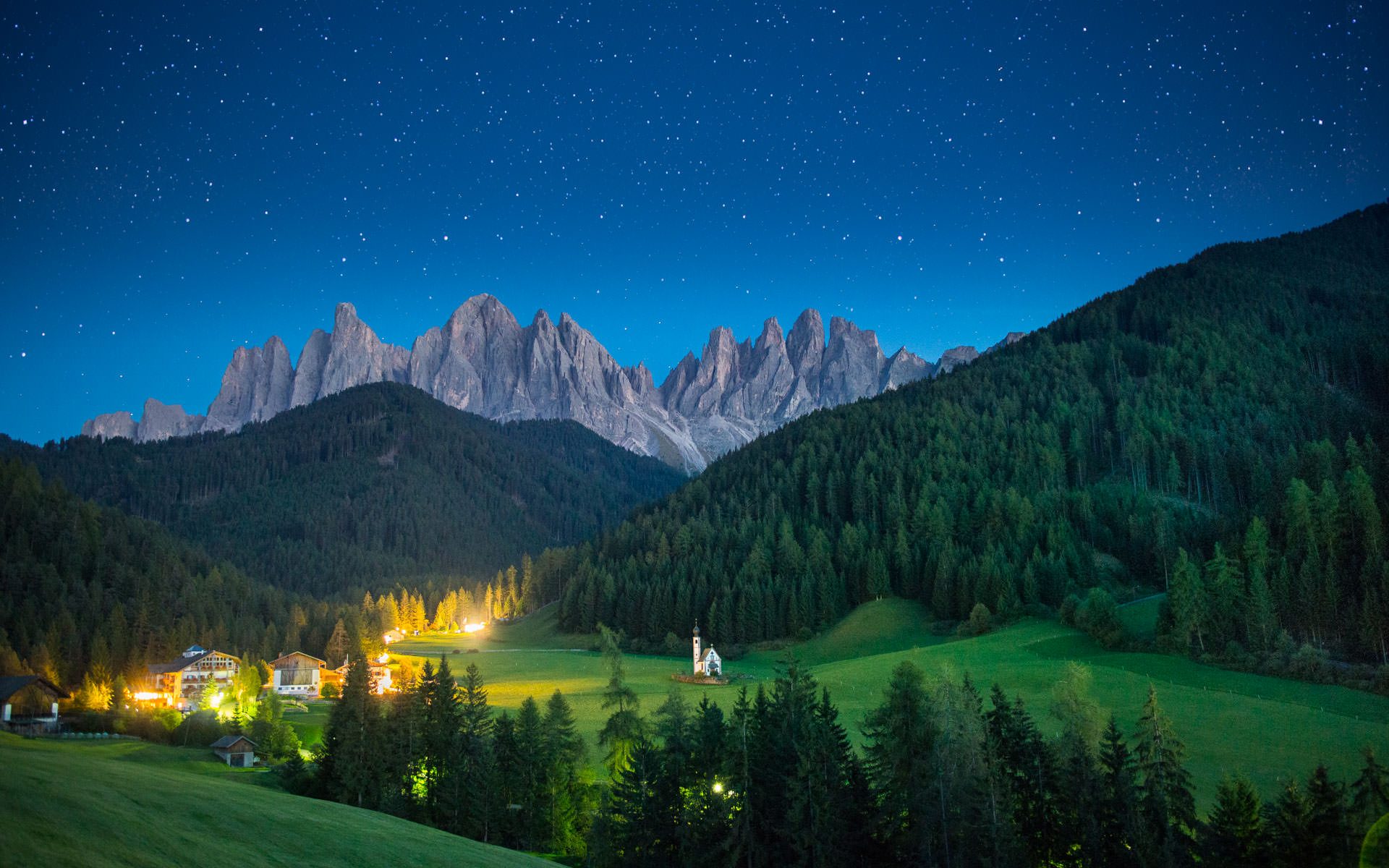Photography is not just an art form; it’s a language through which we can compose artistic poems that tell stories, evoke emotions, and capture the essence of life. Each image is a verse, and each frame is a stanza, weaving together a narrative that transcends time and space. In this blog post, we will explore the art of composing these visual poems with the lens, delving into the techniques and inspirations that can turn a simple snapshot into a masterpiece.
### The Power of Visual Storytelling
Photography is a powerful medium for visual storytelling. It allows us to communicate complex ideas and emotions through a single image. To compose artistic poems with the lens, we must first understand the narrative we wish to convey and how to use our camera to express it.

1. **Identify Your Theme**: Every poem has a central theme. In photography, this could be a message, a feeling, or a concept. Identifying your theme early on can guide your composition and help you create a cohesive visual story.
2. **Use the Elements of Design**: Just as poets use literary devices, photographers use the elements of design—line, shape, form, texture, and color—to craft their visual poems. Experiment with these elements to create depth, contrast, and harmony in your images.
### The Role of Composition
Composition is the structure of your visual poem. It determines how the viewer’s eye moves through the frame and what elements are emphasized.
1. **The Rule of Thirds**: This classic compositional rule divides the frame into a 3×3 grid, suggesting that you place key elements along these lines or at their intersections for a balanced and dynamic composition.
2. **Leading Lines**: Use natural or artificial lines to guide the viewer’s eye through the image, creating a sense of depth and direction.
3. **Framing**: Frame your subject within the environment to add context and emphasize their importance within the scene.
### The Language of Light
Light is the alphabet of photography. It shapes the mood, defines the form, and reveals the details of your subjects.
1. **Quality of Light**: Soft, diffused light can create a gentle, romantic mood, while harsh, direct light can produce high contrast and drama.
2. **Direction of Light**: The direction from which light hits your subject can dramatically change the look of your image. Experiment with side lighting, backlighting, and front lighting to see how it affects your subject’s appearance.
3. **Color Temperature**: The color of light can influence the mood of your image. Warm light can evoke feelings of comfort and happiness, while cool light can create a sense of calm or melancholy.

### The Art of Editing
Post-processing is where you refine your visual poem, adding the final touches that bring your vision to life.
1. **Color Grading**: Adjust the colors in your image to enhance the mood and draw attention to specific elements.
2. **Black and White**: Sometimes, stripping away color can reveal the true essence of a scene, highlighting the interplay of light and shadow.
3. **Cropping**: Use cropping to refine your composition, removing distractions, and focusing on the most compelling parts of your image.
### Embracing Creativity
Creativity is the soul of photography. It’s what allows you to see the world in new ways and capture images that resonate with viewers.
1. **Experimentation**: Don’t be afraid to try new techniques, subjects, or styles. Experimentation can lead to unexpected and exciting results.
2. **Inspiration**: Look to other art forms, nature, and everyday life for inspiration. Observe how others compose their visual poems and find your own unique voice.
3. **Personal Projects**: Undertake personal projects that challenge you to explore different themes, techniques, or locations. These projects can push your boundaries and help you grow as an artist.
### Conclusion
Photography is a language that speaks volumes without words. It’s an art form that allows us to compose artistic poems with the lens, capturing the beauty, complexity, and emotion of the world around us. By mastering the elements of design, understanding the language of light, and embracing creativity, you can turn your camera into a tool for storytelling that transcends the ordinary and touches the hearts of those who view your work. So, pick up your camera, and let’s embark on this journey together, composing visual poems that will stand the test of time. Remember, every click is a verse in the poetic narrative of our lives.
